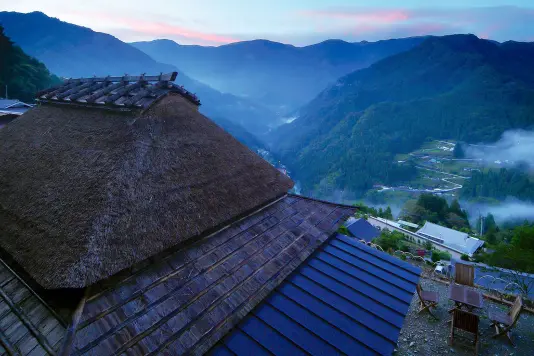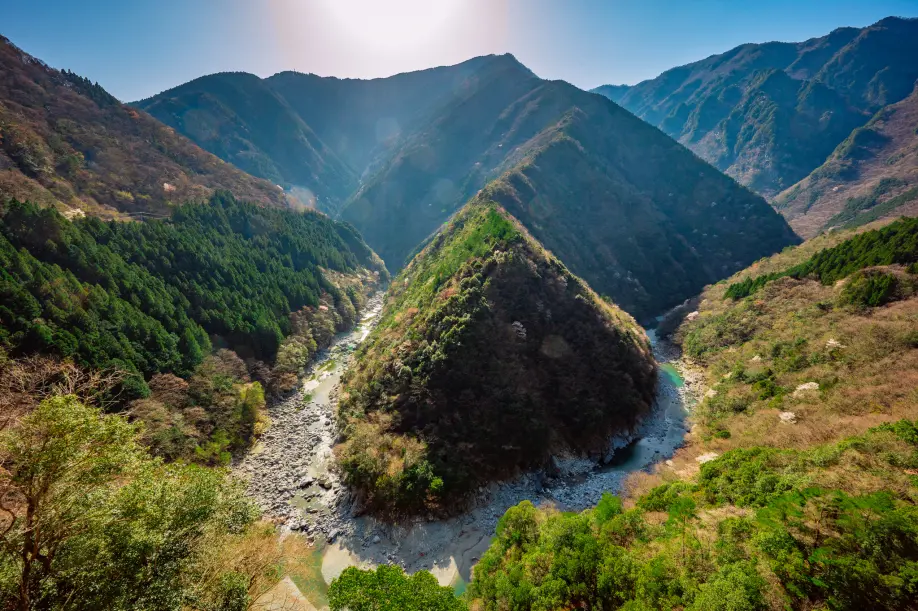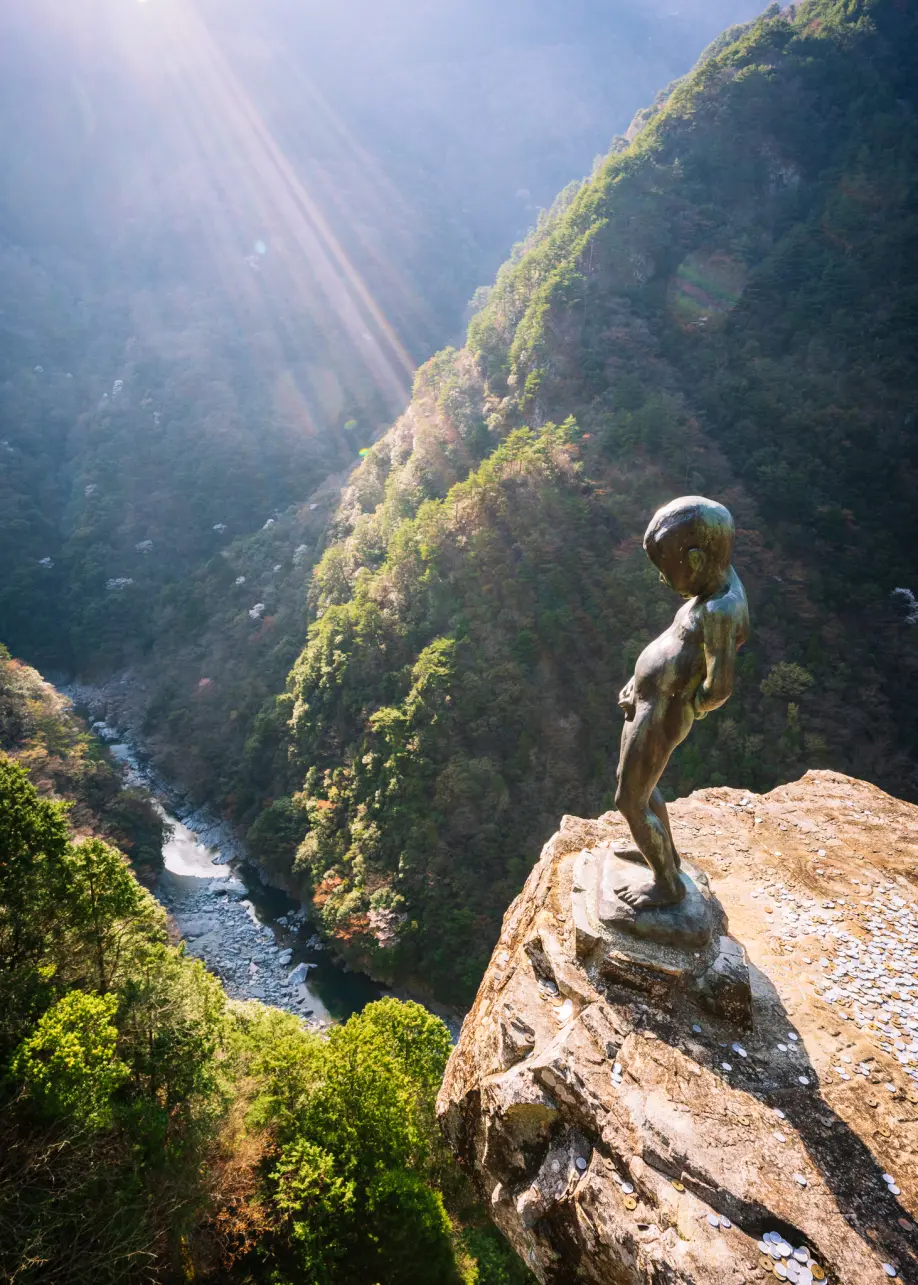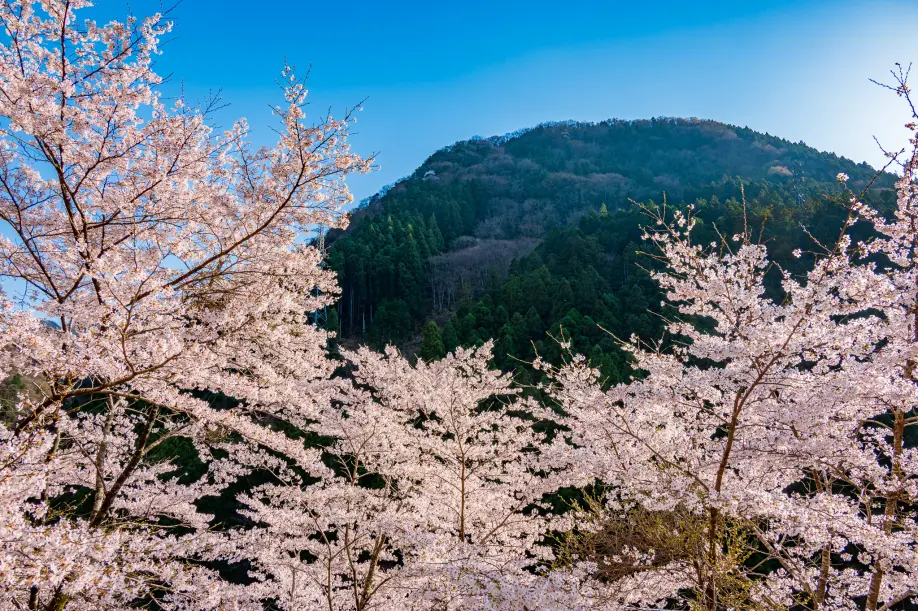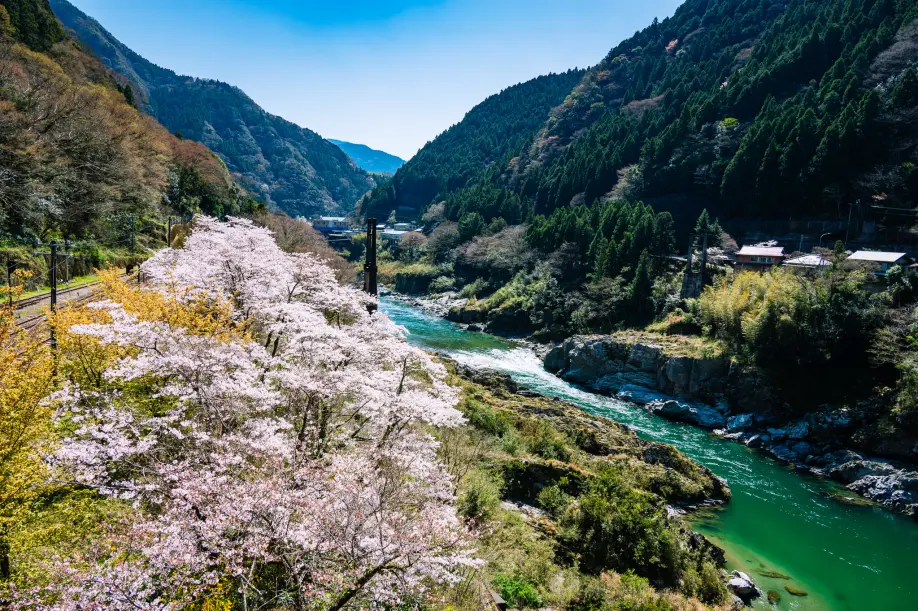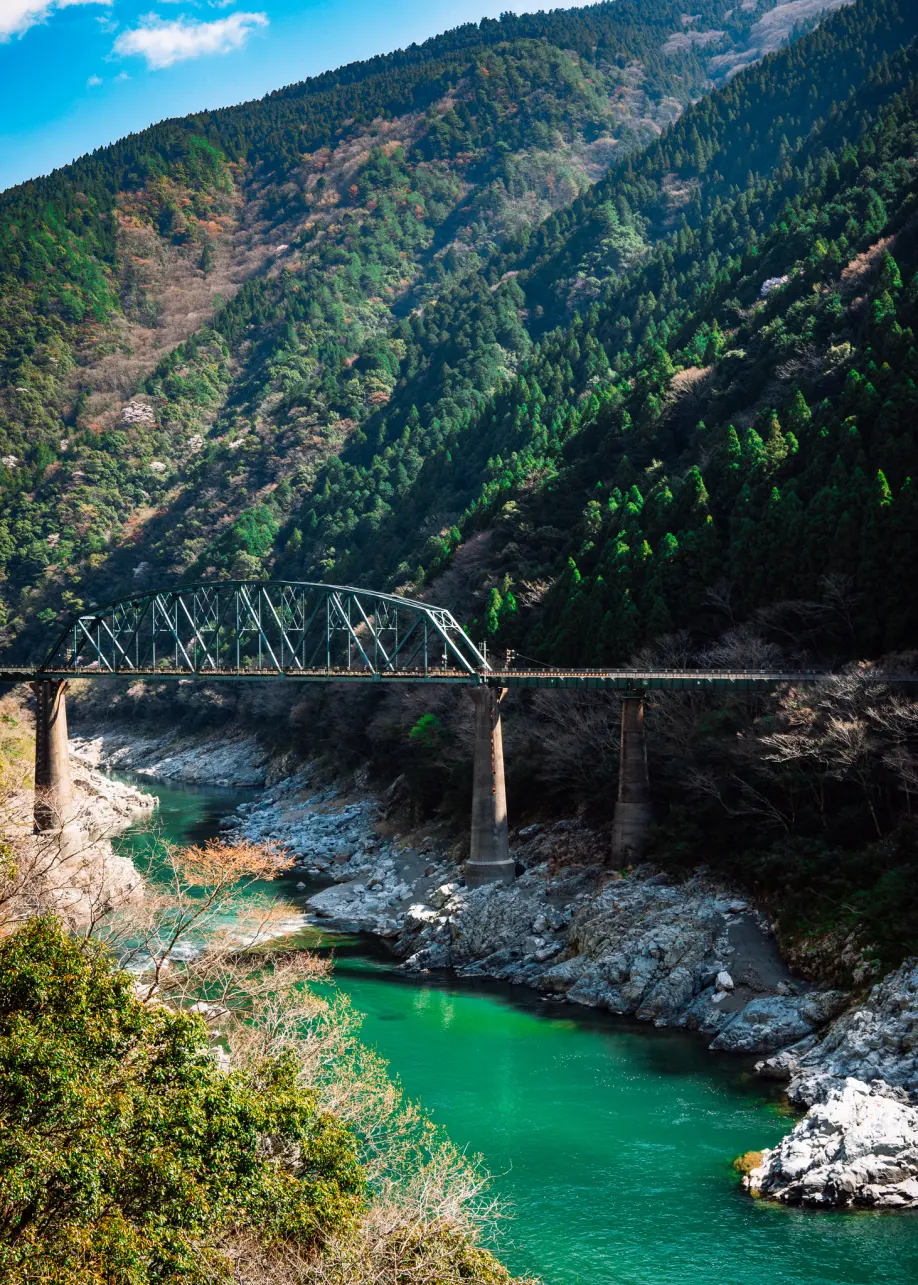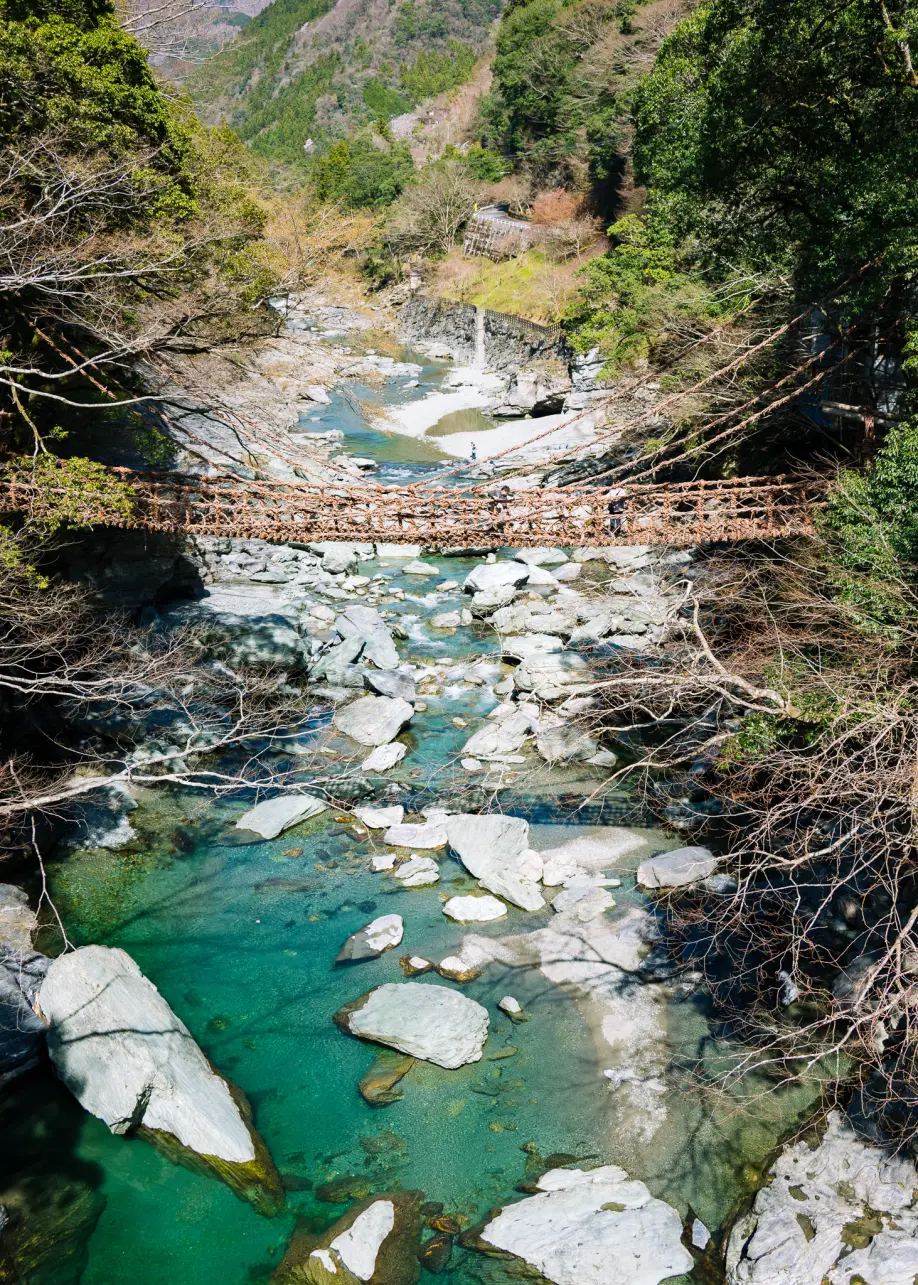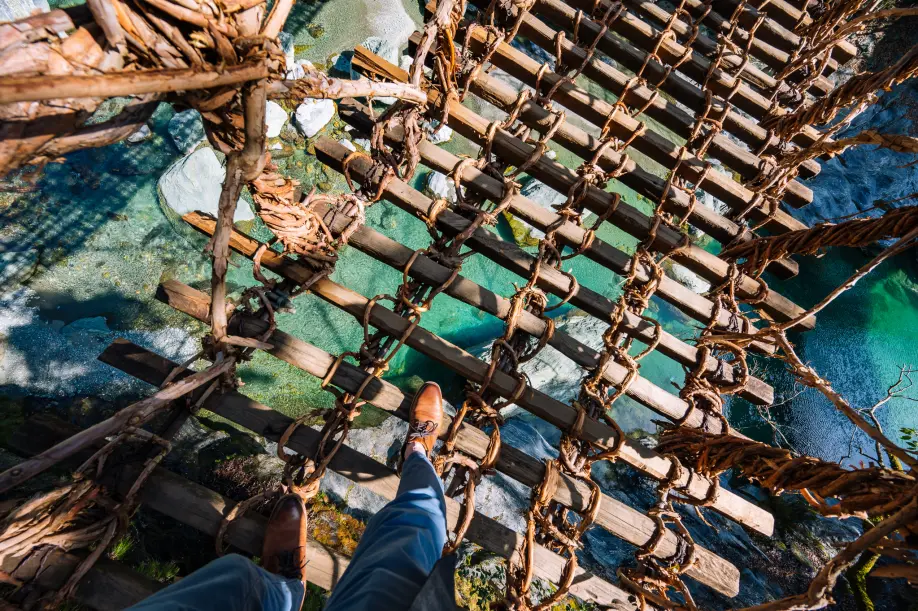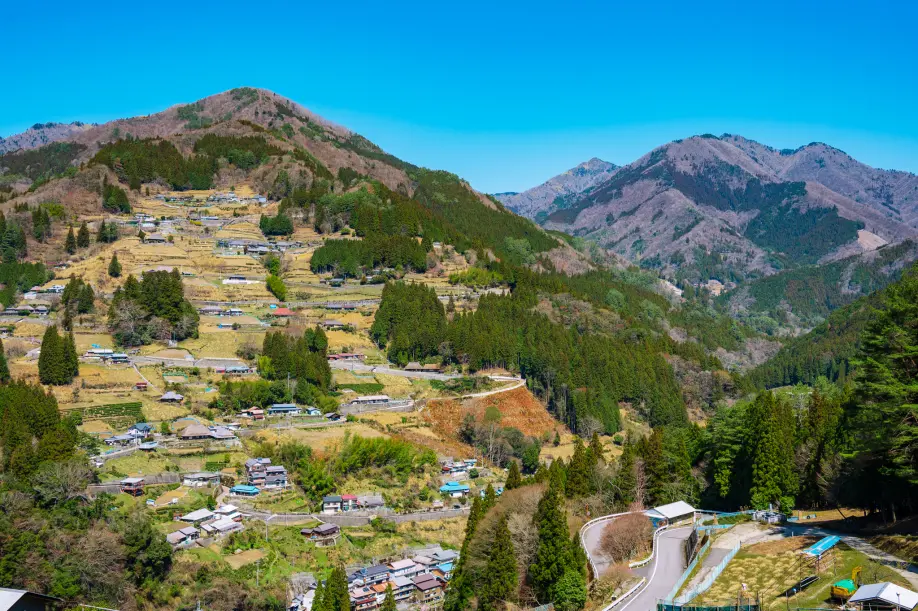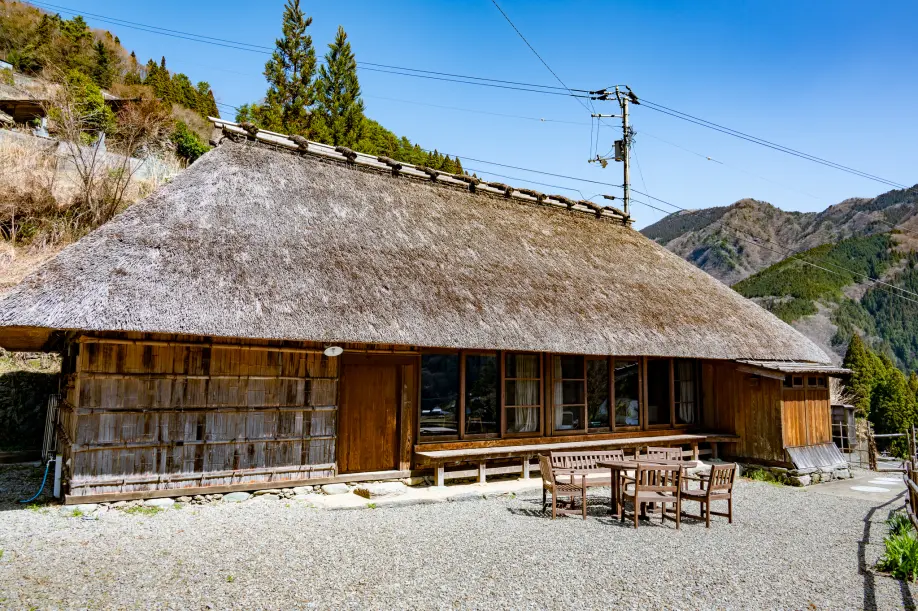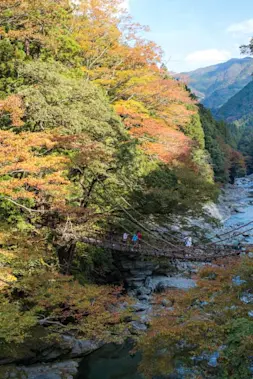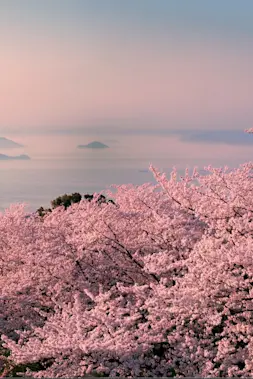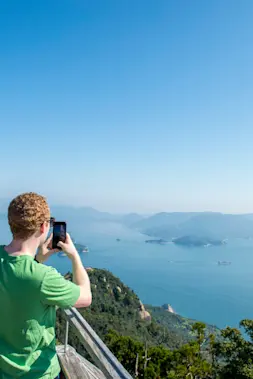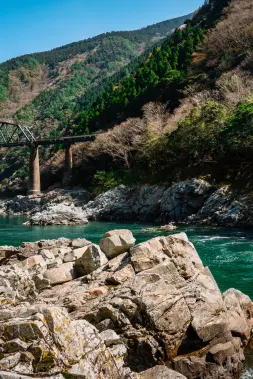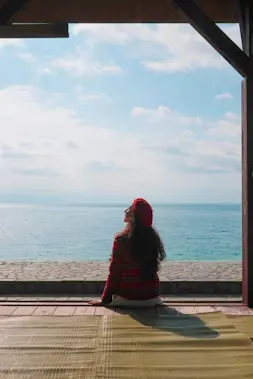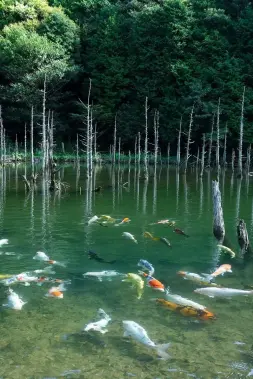Sea & Nature
Lose Yourself in the Rugged Beauty of the Iya Valley and Oboke Gorge
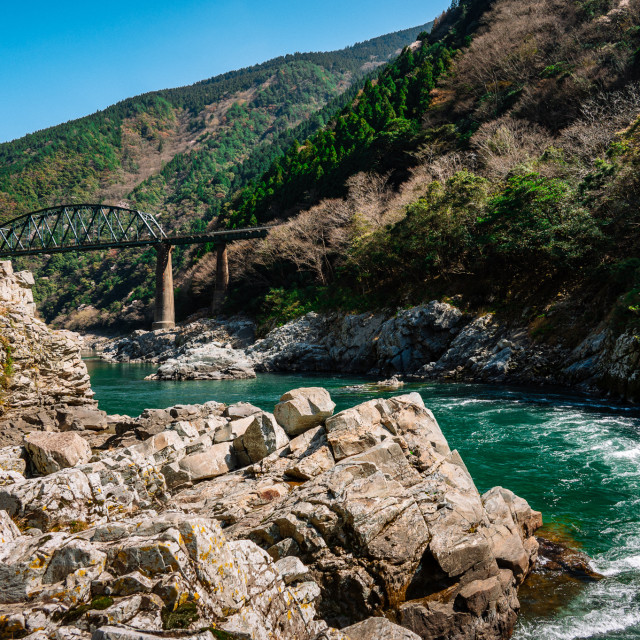
-
- DESTINATION NAME
- Tokushima
-
- RELATED TAGS
-
- LAST UPDATED
- 20 April, 2021
Legend has it that the Iya Valley, tucked deep into the heart of Tokushima Prefecture, was a place people went when they did not want to be found. So it was with the remnant warriors of the Taira clan, also known as the Heike, who were said to have fled here after their defeat by the Minamoto clan in the 12th century Genpei War. Surveying the rugged mountain peaks separated by deep and dangerous ravines, it wasn’t difficult to imagine why the Minamoto army would have ended their pursuit here and left the Heike for dead. Yet, the Heike survivors lived on, becoming the first inhabitants of this wild landscape.
Exploring the Oboke Gorge and Iya Valley by Car
Even today, the Iya Valley remains one of the most remote places left in Japan. Exploring the valley on your own takes courage, fortitude, and, most importantly, a rental car. Winding my way along the nearly 100-year-old historic route 32, the original access road into the valley, I found the way narrow even by Japanese standards. In many places, two vehicles passing in opposite directions would be a physical impossibility. Yet, I drove for miles at a time, barely encountering another soul.
Even at the statue of the Peeing Boy overlook, an Iya Valley hotspot, no designated parking is needed, just a wide shoulder for a few cars to pull over and admire the view. And as you do, try not to think about the fact that the statue was added here in 1968 to deter real boys from standing precariously on the precipice to perform the act themselves.
If you possess an international driver’s license and nerves of steel, your fortitude will be rewarded by some of the most spectacular natural views this side of your computer screensaver. Don’t take your eyes off the road too long to admire the view; rest assured that if you need to find a place to pull over briefly to capture a breathtaking snapshot, you’ll find one along the mostly empty roads that snake high along the valley walls.
I entered the Iya Valley from the northwest, where convenient toll roads give you equally easy access from either Tokushima or Takamatsu cities in about an hour. This route takes you first along the Yoshino River through another of Setouchi’s natural wonders, the Oboke Gorge. The Yoshino sparkles with clean emerald-hued waters topped in some places with frothy whitecaps and is one of Japan’s premier rivers for whitewater rafting. In other areas, the river is so peaceful that visitors can take a short cruise to admire the valley’s geological wonders up close. Jagged rocks line the river’s banks, separating it from the evergreen forested mountains with the occasional spray of pink cherry blossoms peaking out on this early spring day.
Taking a break from driving, I strolled down the pedestrian walkway along the highway and caught sight of the red “Anpanman” character train of the Dosan Line crossing the green iron bridge over the valley. It’s an impossibly perfect scene until you remember you are in Setouchi, where impossibly beautiful things surround you wherever you go. Farther down the road, I pull over to enjoy the surreal sight of koinobori, kite-like streamers in the shape of carp strung across the gorge waving gently in the breeze.
From Oboke, a modern highway takes you through a long tunnel where you emerge in the western Iya Valley and seemingly into another time. Just a few minutes down the old highway, the 800-year-old Kazurabashi Bridge, one of the remaining original bridges to cross the valley, is a major tourist attraction. This suspension bridge was constructed from vines and further reconstructed every three years for safety reasons. The most recent reconstruction was completed a month before my visit, so despite my paralyzing fear of heights, I thought it might be fun to give it a go.
After paying the 550 yen admission fee, I discovered to my dismay that the gaps between the narrow planks making up the bridge were wider than the planks themselves, plenty wide enough to carelessly slip your foot or drop your phone through. Clinging to the side of the bridge for dear life, I edged my way slowly across, passed up by fearless children and octogenarians alike.
Just a few minutes’ walk from the bridge, the 50-meter high Biwa Waterfall plunges into a blue-green pool of crystal clear water. Legend has it that the Heike warriors rested here after their defeat in the Genpei War, much like I rested here after the bruising of my ego while crossing Kazurabashi Bridge.
Few travelers will continue east from here. The roads get narrower and feistier, the land less developed. But I persisted, driving another 40-odd minutes to the hamlet of Ochiai, built in the traditional configuration along the steep mountainside. From bottom to top, the small village climbs almost 400 vertical feet. It is designated as a Nationally Important Preservation District in Japan. Within the village, you’ll find Nagaoka-ke Historic House, which is open to the public as an example of traditional thatched roof architecture. Hidden in a grove of ancient cedars, Sansho Shrine is an impressive wooden shrine where village festivals are celebrated twice per year.
But the real reward in reaching Ochiai is spending the night here. Eight thatched-roof kominka houses have been refurbished in collaboration with Alex Kerr, a well-known figure in the restoration of historical Japanese homes around Japan. Each house is available to rent for individuals, families, or small groups and equipped with modern comforts, including climate control and state-of-the-art kitchens and baths. To wake in the morning to the view of the sun pouring over the rugged valley is a priceless experience, a crown jewel in a visitor’s trip to Japan.
But not for me this time. With the afternoon shadows growing longer, it was time for me to head back along the winding, narrow roads, out of the wilderness, back to the familiar. For a day, at least, I chose to lose myself in the beauty and grandeur of the Iya Valley, to explore a part of Japan that is even too remote for many Japanese people, to be rewarded with memories of its unparalleled natural landscapes and fresh mountain air.
How to Get to Oboke Gorge and the Iya Valley
Access the Iya Valley using a rental car, following Route 32 to Oboke before turning east on Route 45 into the western Iya Valley. From central Takamatsu or Tokushima cities, it will take you about an hour and 45 minutes to reach Oboke and a further 20 minutes to Kazurabashi Bridge or 50 minutes to Ochiai Village. If you come from Tokushima, resist the urge to cut through the mountain roads, which are less developed and challenging for drivers unfamiliar with driving in Japan.
To reach Iya, Shikoku from Tokyo, it may be easiest to take a domestic flight from Haneda to Tokushima Awaodori Airport, which takes about 90 minutes. From Kyoto and Osaka, take the Shinkansen bullet train to Okayama (about 60 to 90 minutes) and drive to Takamatsu (about 60 to 90 minutes).
For more detailed access information, please visit the Miyoshi City website.
Photographs and text by Todd Fong
RELATED DESTINATION
Tokushima
It has lots of tourism resources including the Naruto Strait, which has one of the largest eddying currents in the world, and the Iya Valley, which captivates everyone who sees its overwhelming natural scenery. The traditional Awa Dance Festival, which teems with 1.3 million tourists, is a must-see.
